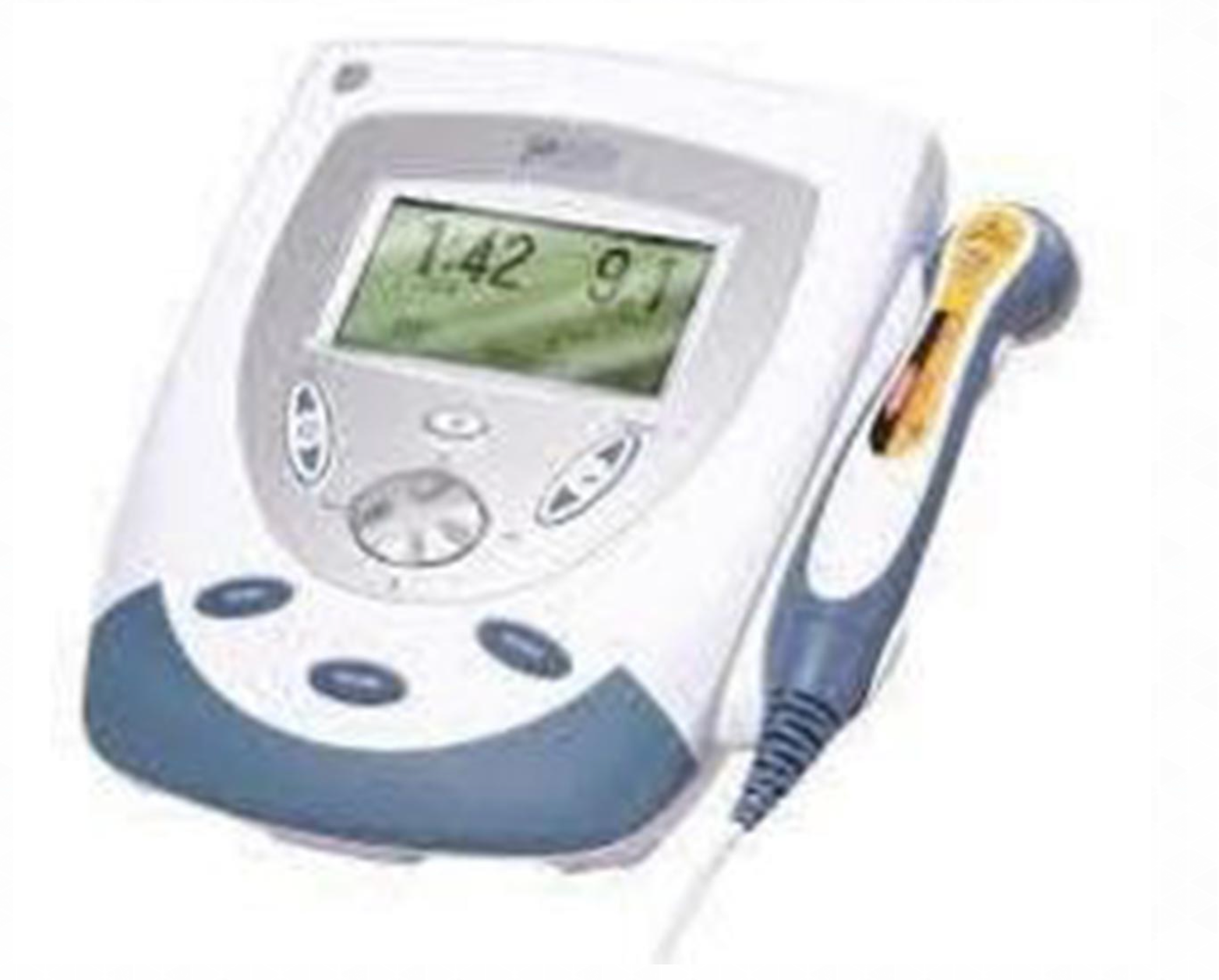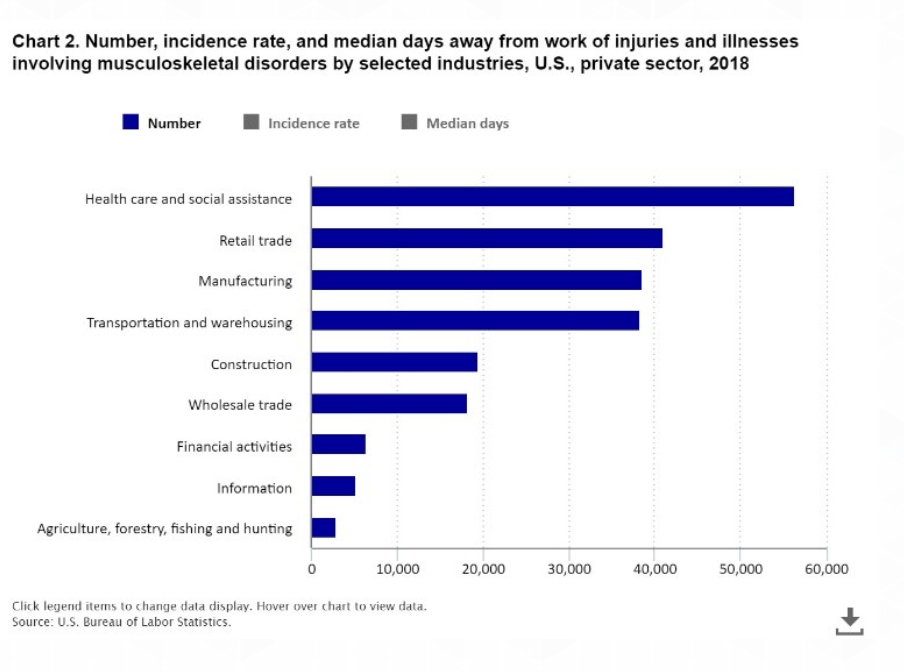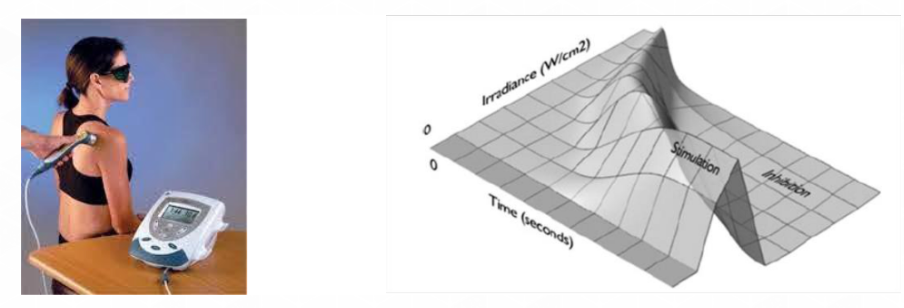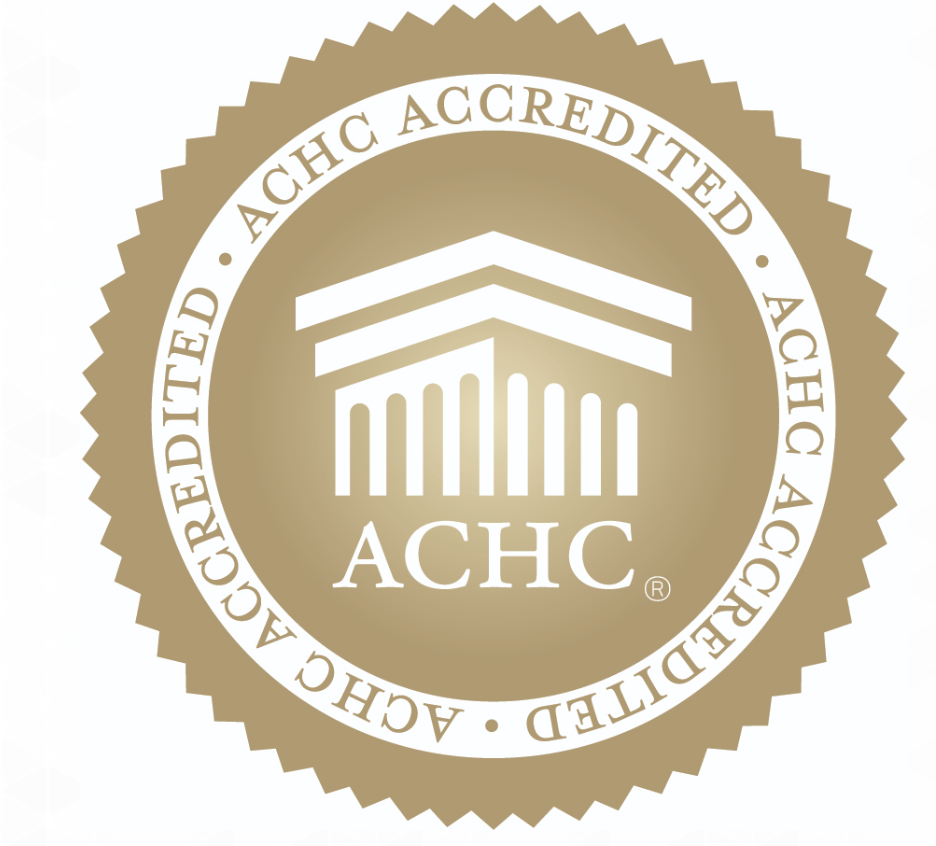High-tech Pain Managment
January 25, 2022

Conditions and injuries that affect our bones, joints, and muscles, can be painful! This pain can be debilitating as it impacts our ability to work while decreasing our daily quality of life, activity, and productivity. The lost time due to these musculoskeletal disorders (MSD) has a profound impact on the economy both in the workplace and at home.

The impact of days away from work (DAFW) hits broad categories of industry with retail trade, manufacturing, and healthcare and social assistance making up 50% of all MSD cases in the private sector in 2018.

Regardless of the industry, pain from MSD’s has a financial, physical, and psychological cost to both employees and employers alike. Safety programs, wellness initiatives and ergonomic improvements in the workplace can help prevent lost time but people will still get hurt. Without aggressive pain management and return to work strategies the days away from work will continue to mount.
Earlier this month we talked about a Pill-Free Recipe for Pain Relief as we covered several pain-relieving strategies and technologies. One of the many technologies we mentioned was low level laser therapy (LLLT) which is also known as Cold Laser. LLLT for pain relief is backed by substantial research evidence. It is also a very cost-effective and efficient technology. The combination of low cost, short treatment times, and good clinical outcomes make low level laser an ideal choice for Physical Therapists, Occupational Therapists, Chiropractors, Physicians, and Massage Therapists.
What is it?
Cold Laser is also known as low level laser therapy (LLLT). It is a low intensity light that stimulates healing in the body. It is known as a cold laser because the intensity level used is not strong enough to cause heating of the tissues. The procedure is noninvasive and painless and while there is certainly evidence to support positive outcomes, there is still some controversy regarding its dosage due to a lack of studies on specific dosing guidelines.
How does it work?
When the laser light hits the tissues, it induces a photochemical reaction that causes changes within the cells of the body. Most of the changes occur in the mitochondria and the immune system. Within the mitochondria, the laser stimulates the production of molecules needed for energy, signaling, and protein synthesis. The immune system responds by allowing more white blood cells and fibroblasts to move into that area to assist with healing.

Common Indications
- Reducing inflammation
- Tissue Repair
- Wound healing
- Pain management
Common Diagnosis
- Carpal tunnel syndrome
- Osteoarthritis, Rheumatoid arthritis
- Fibromyalgia
- Back and neck pain
Dosing Details
There are many factors to consider when choosing how to dose LLLT and there are no comprehensive studies that have examined the exact doses needed for each condition. However, the World Association for Laser Therapy has issued guidelines to assist with choosing laser parameters.

The Intervention
- Wavelength
- Often determined by the laser head used
- For superficial tissue: 600-700nm
- For deep tissue: 780-950nm
- Irradiance power density mW/cm2
- Often determined by the laser head used
- Power can range from 1-1000mW
- Pulse Structure
- Pulsed-select frequency (Hz)
- Continuous
The Dose
- Energy (J)
- Energy Density (J/cm2

How to Use
- Both patients and therapists should wear safety glasses (included with the unit)
- Laser should contact clean skin
- Hold laser in one spot
- Adjust energy not time
Contraindications for LLLT
- Any malignancy
- Hemorrhaging injuries or infection
- Mediastinum or areas of bone growth
- Pregnancy
- Areas injected with steroids within previous two weeks
Finding the right solution
It is important to address injuries and pain head-on. Laser therapy is a great option so ask your therapist, physician, or chiropractor about LLLT. Combining pain relief strategies can be highly effective! With support from us here MedCOR Professionals and your trusted healthcare provider, we work together to keep YOU moving forward.
Contributed by:
Chris Krause, OT/L Director, Business Development – MedCOR Professionals, Scarborough, Maine
LLLT Details Contributed by:
Teresa Thierer, MSAT Student, University of New England
References
- Cotler HB, Chow RT, Hamblin MR. The use of Low Level Laser Therapy (LLLT) for musculoskeletal pain. MOJ Orthop Rheumatol.. 2015;2(5):188‒194. DOI: 10.15406/mojor.2015.02.00068 https://medcraveonline.com/MOJOR/MOJOR-02-00068.pdf
- Chung, H., Dai, T., Sharma, S. K., Huang, Y. Y., Carroll, J. D., & Hamblin, M. R. (2012). The nuts and bolts of low-level laser (light) therapy. Annals of biomedical engineering, 40(2), 516–533. https://doi.org/10.1007/s10439-011-0454-7
- Huang, Y. Y., Sharma, S. K., Carroll, J., & Hamblin, M. R. (2011). Biphasic dose response in low level light therapy - an update. Dose-response : a publication of International Hormesis Society, 9(4), 602–618. https://doi.org/10.2203/dose-response.11-009.Hamblin
- Hashmi, J. T., Huang, Y. Y., Sharma, S. K., Kurup, D. B., De Taboada, L., Carroll, J. D., & Hamblin, M. R. (2010). Effect of pulsing in low-level light therapy. Lasers in surgery and medicine, 42(6), 450–466. https://doi.org/10.1002/lsm.20950
- WALT " Dosage Recommendations. (n.d.). Retrieved November 24, 2020, from: https://waltza.co.za/documentation-links/recommendations/dosage-recommendations/


